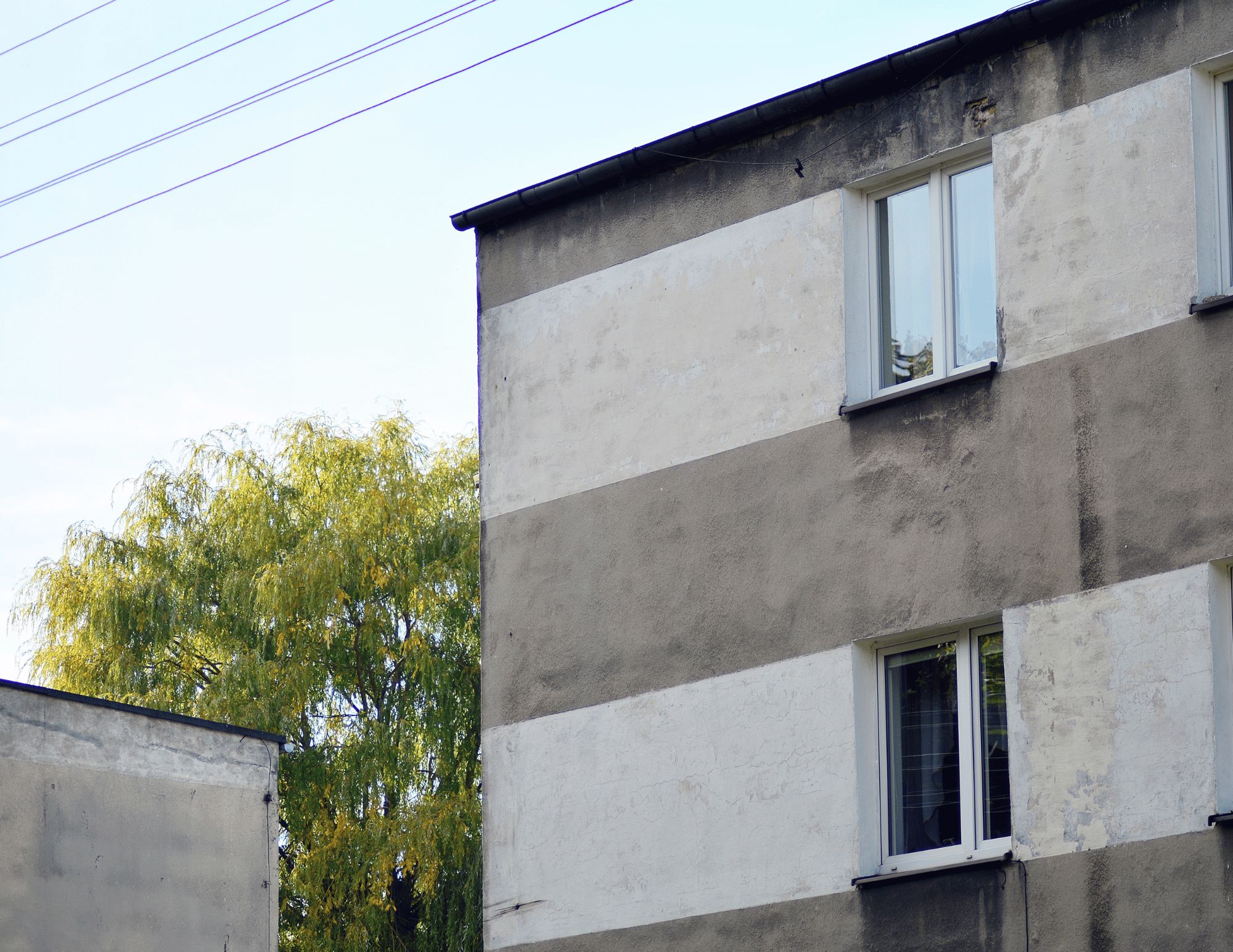In today’s complex investment landscape, discerning investors seek stability and lucrative returns. The current disruptions in capital markets, characterized by volatility due to factors such as economic uncertainty and fluctuating interest rates, represent a unique dynamic within the investment landscape.
These disruptions, stemming from various macroeconomic and geopolitical factors, are creating shifts in market confidence and liquidity. I’ve noticed multifamily real estate emerge as a beacon of potential in this fluctuating economy.
Understanding The Ripple Effect
As economic disturbances ripple through the financial world, I think they are likely to lead to an increase in forced selling. This increase in forced selling is expected due to a combination of factors. Investors facing margin calls or needing to rebalance portfolios in response to market changes may be compelled to liquidate assets, including real estate holdings.
Additionally, entities struggling with cash flow issues due to economic fallout may also be forced to sell properties. Such market conditions can create opportunities for investors who are prepared to capitalize on these situations, allowing for the acquisition of assets at potentially lower prices. This scenario provides access to properties at potentially lower prices, as sellers under pressure are often willing to negotiate more favorable terms, and it also creates a fertile ground for acquiring high-quality assets that might otherwise be inaccessible.
For investors with the capital and foresight to act in these turbulent times, such market dislocations could translate into significant investment opportunities. Being aware of these dynamics—along with a strategy of conservative underwriting and a keen eye toward adding value—can help investors position themselves to capitalize on these unfolding events.
In my view, a conservative approach is not just about being cautious; it’s about being smart in a volatile market. This methodology helps investors prepare for uncertainties, maintaining stability even in turbulent times.
The Anticipated Rate Reversal
The financial world buzzes with anticipation of interest rate reductions in 2024. This expected shift could open doors to refinancing opportunities in the subsequent years, potentially amplifying already solid returns. Such a scenario could not only boost cash-on-cash returns but also elevate the IRR.
Rental Market Dynamics
The current slowdown in multifamily construction, due to high interest rates and construction costs, sets the stage for a significant supply-demand imbalance in the next few years.
This is particularly pronounced in the Southeast, a region experiencing a massive migration and job growth that will witness a surge in housing demand. The result? As migration patterns to the southeast create more demand for housing and less housing is being built, there will likely be a potential uptick in rental rates, especially for workforce Class B assets—a segment known for its resilience and steady demand.
Operational Cost Efficiencies
A drop in interest rates signifies more than just lower financing costs. It suggests a potential slowdown in inflation and a consequent reduction in operational expenses and could also potentially reduce insurance rates. These changes could substantially boost the profitability of multifamily investments, enhancing their attractiveness.
Institutional Investment Shifts
We’re observing a pronounced shift in institutional investment toward residential assets. This movement is likely to compress cap rates, leading to an increase in property values and, by extension, investor returns. The multifamily sector, long overshadowed by other asset classes, is now emerging as the preferred choice for many seasoned investors.
A Confluence Of Opportunities For Investors
Multifamily real estate stands out in today’s investment landscape, offering robust returns with minimized risk. The convergence of these factors—conservative underwriting, favorable interest rate predictions, rental market dynamics, operational cost efficiencies and institutional shifts—paints a compelling picture.
I do believe that there is a lot of embedded upside in the multifamily asset class, but it is also important to understand the risks involved.
In multifamily real estate investments, while market volatility and rental demand fluctuations are recognized risks, the importance of evaluating the investment sponsor is often underestimated. The sponsor is crucial in selecting, underwriting and managing the property, significantly impacting the investment’s success. Investing in multifamily real estate involves trusting the sponsor’s market expertise and analytical skills, which can greatly affect the outcome.
Therefore, investors should carefully review a sponsor’s history and past projects to assess their ability to handle and minimize risks. Understanding the sponsor’s underwriting assumptions is crucial. Investors should assess how conservative the sponsor is in estimating all the inputs in the underwriting models. This analysis offers insights into the sponsor’s risk management and investment strategy.
Additionally, examine the “capital stack” (mix between debt and equity) used by the sponsor. Caution is advised against sponsors who heavily rely on financial engineering, such as using preferred equity for high leverage or opting for floating rates, which can introduce additional risk. Such strategies might yield short-term gains but could undermine long-term stability.
Aligning with sponsors known for their conservative approach can be a prudent strategy. These sponsors typically avoid over-leveraging and prefer stable, predictable financing structures, prioritizing long-term sustainability over immediate, high-risk returns. This approach might lead to modest initial gains but significantly mitigates the risk of financial distress in unstable market conditions.
Ultimately, the key to successful multifamily real estate investing lies in a comprehensive evaluation of both the property and the sponsor behind it. A thorough understanding of the sponsor’s experience, strategy and financial practices will help investors navigating the complexities of multifamily investments achieve sustainable success.
Multifamily real estate is not just a safe harbor in the stormy seas of investment options; it’s a vessel sailing toward a horizon rich with potential. For investors seeking stability paired with promising returns, consider whether this could be the opportune moment to embark on this journey.
The information provided here is not investment, tax, or financial advice. You should consult with a licensed professional for advice concerning your specific situation.
Danny Kattan, Forbes
February 23, 2024


